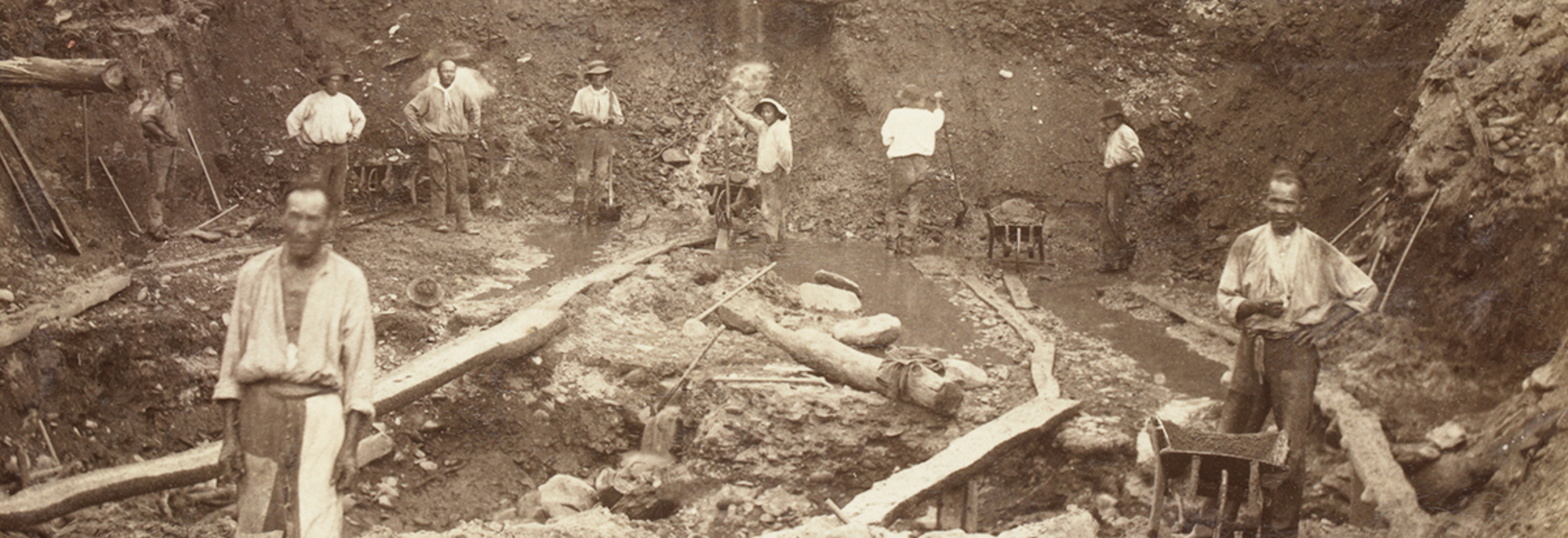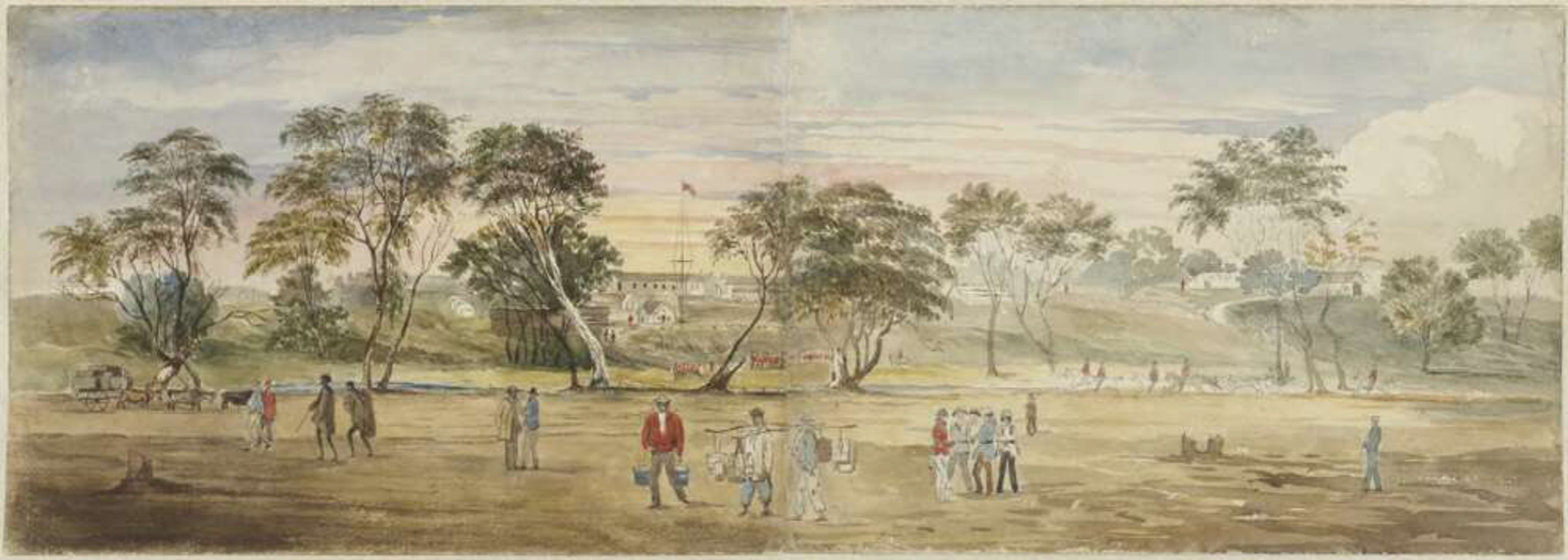A MOBILE POPULATION
Like all miners, Chinese diggers travelled from town to town as news of gold strikes filtered through.
Goldfields populations were highly mobile. Groups criss-crossed the countryside as reports of new gold finds filtered through the city centres and to the diggings.
A town with a busy population of 2000 miners one week might be emptied the next as prospectors travelled to a different, more promising, diggings.
Often miners would walk between gold fields but coach travel was also common.
This photograph (above) of Chinese travellers on a Cobb and Co stage coach is believed to be taken in Newstead, near Castlemaine in central Victoria, with the coach on its way to Fiddlers Creek (later Percydale), near Avoca, circa 1865-1871.
The Cobb and Co route circa 1863 started in Castlemaine with the arrival of the train from Melbourne. It then headed west to Newstead, Carisbrook, Maryborough, Back Creek, Avoca, Moonambel, Landsborough, Barkly, Red Bank, Evelyn and Ararat before returning via Maldon, Eddington, Dunolly, Tarnagulla and Burnt Creek. Most were gold-mining communities, many with a strong Chinese population.
Once established, Chinese communities became quite self-supporting. They ran their own coach service between goldfields towns, transported imported food such as rice, and delivered garden produce to major towns, including Melbourne.
Interpretative text on image courtesy of "Chinese-Australian Historical Images in Australia", Chinese Museum, 2003.

























